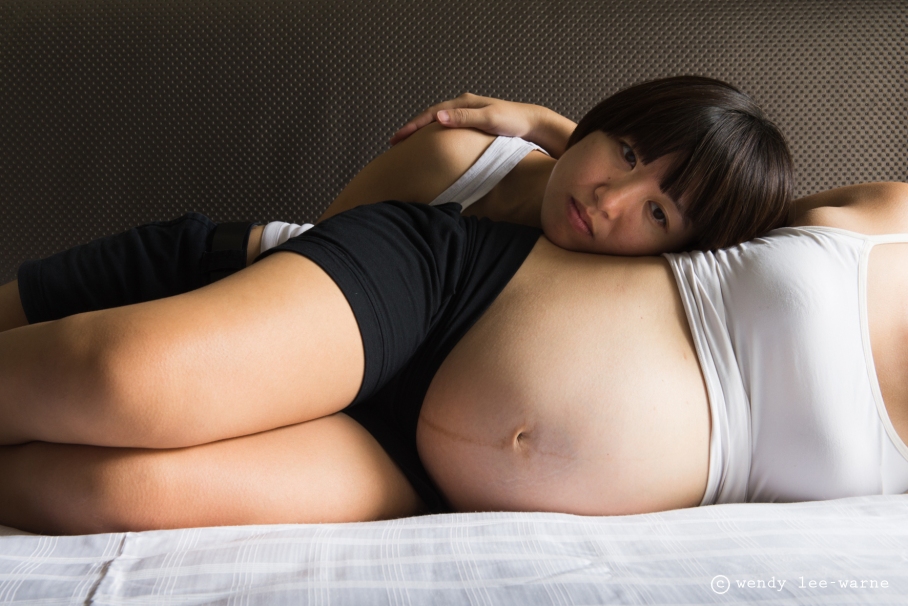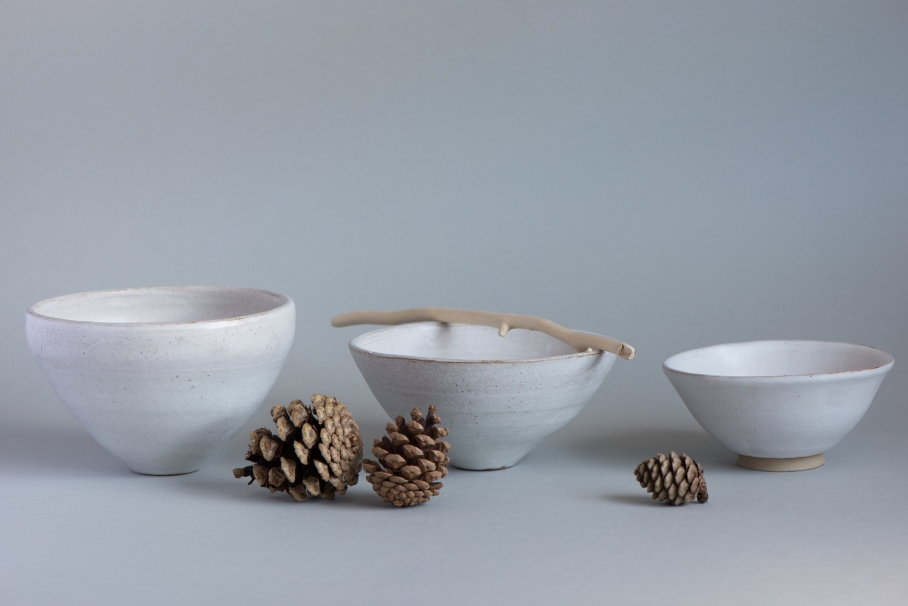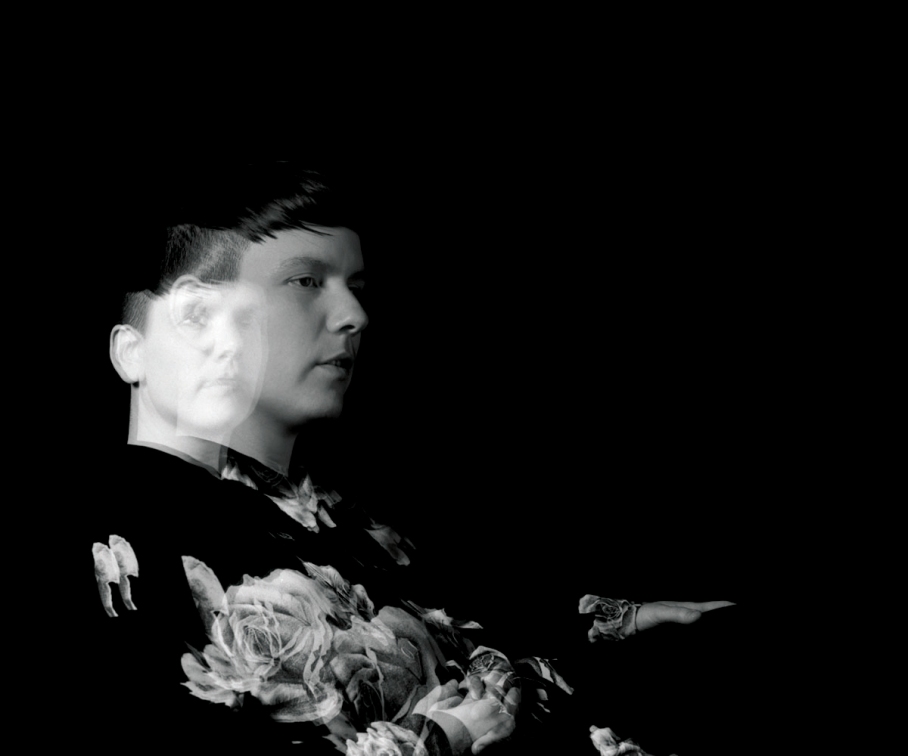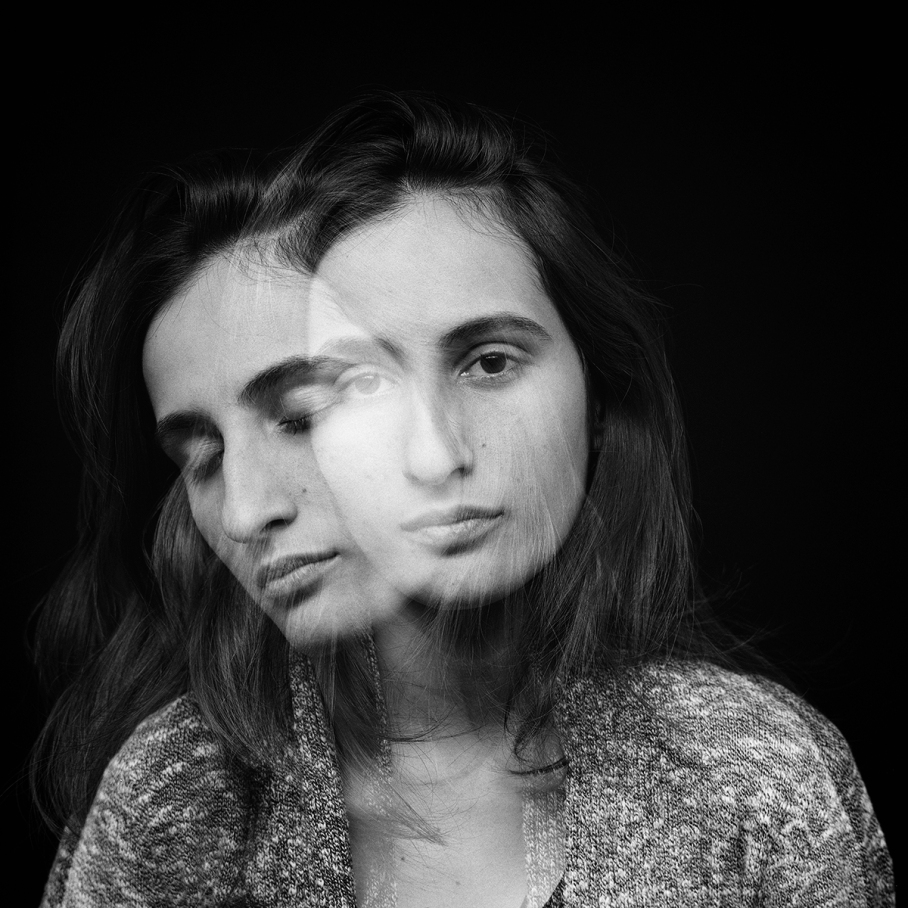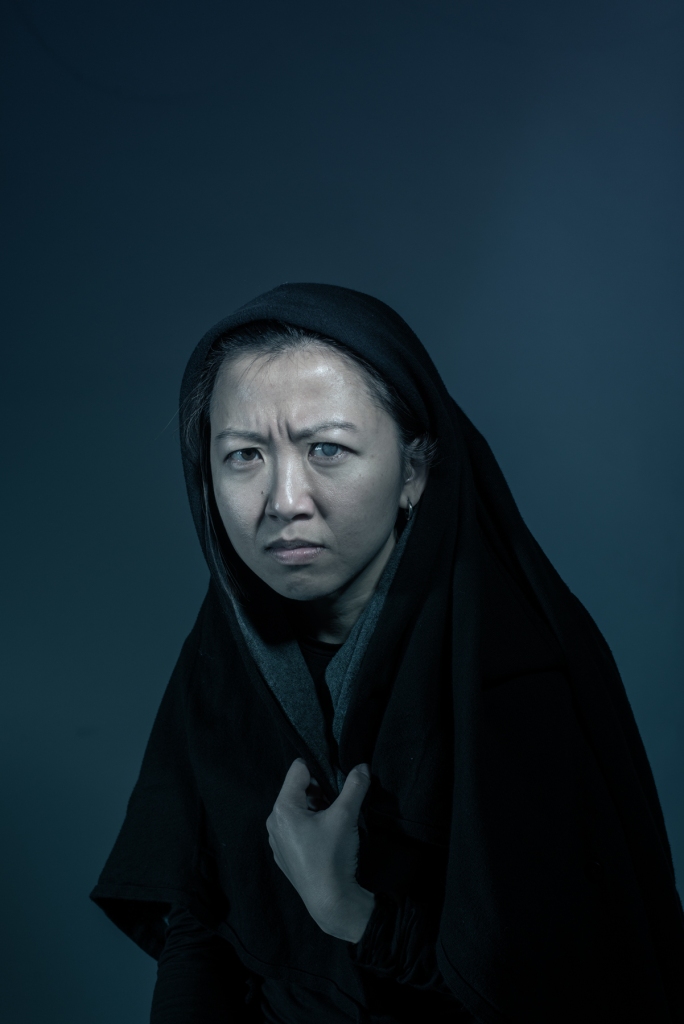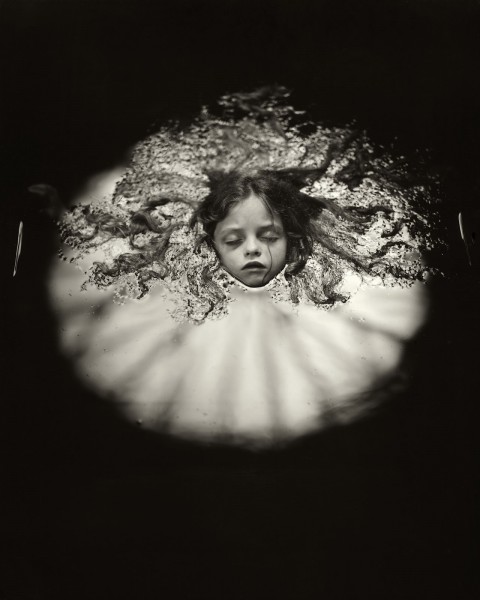The winner for this year’s Deutsche Borse Photography Prize was announced three days ago and the prize went to Mikhael Subotzky and Patrick Waterhouse for their publication, Ponte City (Steidl, 2014). I managed to view the exhibition a few weeks ago and went to their talk on the Wednesday that’s just past. For this year’s Deutsche Börse photography prize shortlist, it included the works of Viviane Sassen, Nikolai Bakharev and Zanele Muholi. When I first viewed the exhibition, Subotzky and Waterhouse’s project had the most impact on me with their work but I was really moved by Zanele Muholi’s series, Faces and Phases about the black LGBTI identity and politics in post-apartheid South Africa. Ponte City really stuck to me perhaps because of my architecture background.
“Ponte City depicts a 54-floor apartment block in Johannesburg which was built in 1976 for the white elite under apartheid rule. During the political transition in the 1980s and 90s, it became a refuge for black newcomers to the city and immigrants from all over Africa.” (Guardian website)
This is a building that dominates Johannesburg skyline and is an icon of the city. Subotzky and Waterhouse spent six years from 2008-2014 documenting Ponte City. They started out by photographing people in the lift as that was the central core where people had to use to get in and out of the building. That was also their way of getting to know people living in the building. In their talk, Subotzky and Waterhouse mentioned that there were some suspicion from the people in their first encounter but they would then print the images after they photographed and delivered it to their apartment in person. This was their way into the lives of the people living there. 
Ponte City floor plan (from Lindsay Bremner’s blog)
One of the most interesting element of the project which I really enjoyed are the light boxes which was a recording of all the doors, windows and television set of every apartment within the building. The installation really works well and the viewer is like a voyeur looking into the lives of the people who lived there. This idea was inspired by a quote from Le Corbusier where he said that “the apertures of a building captures the spirit”. Waterhouse had heard this quote somewhere before (but could not find it!) and it got them thinking about creating these light boxes which showed the apertures of the whole building, following the typology of Ponte city. 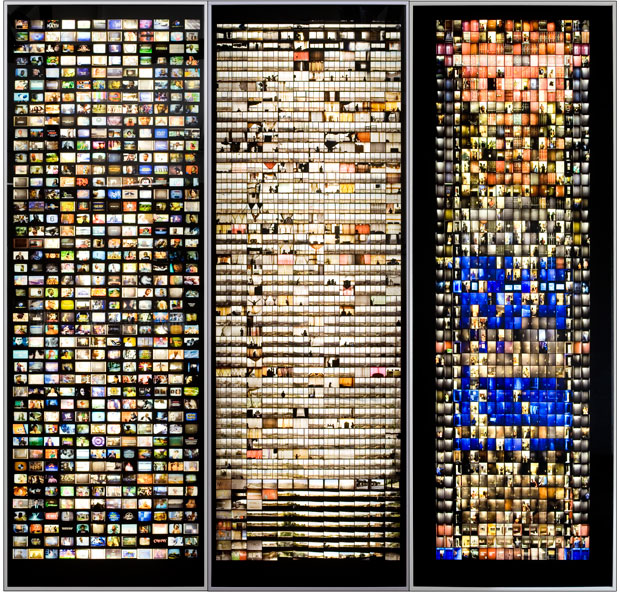
Windows, Doors, Televisions – three light boxes by Mikhael Subotzky & Patrick Waterhouse

SOUTH AFRICA. Johannesburg. 2008. From the Ponte City project, A book about the tallest residential skyscraper in Africa. In collaboration with Patrick Waterhouse.
Windows, Doors, Televisions (close up) by Mikhael Subotzky & Patrick Waterhouse

Looking up the Core, Ponte City, Johannesburg, 2008
All images © Mikhael Subotzky / Patrick Waterhouse
Subotzky and Waterhouse’s compilation of the found images, history and documentary photographs reveals the complex layers of Ponte City. This is a great project and one not to miss. The Deutsche Börse Photography Prize 2015 exhibition, featuring work by all shortlisted artists is now on show at The Photographers’ Gallery until the 7th of June. Do try to catch it!
For more reading: Lindsay Bremner wrote an essay ‘Buildings are geological agents’ on her blog, which was an accompanying piece for Ponte City’s exhibition in Paris and is a great read!


